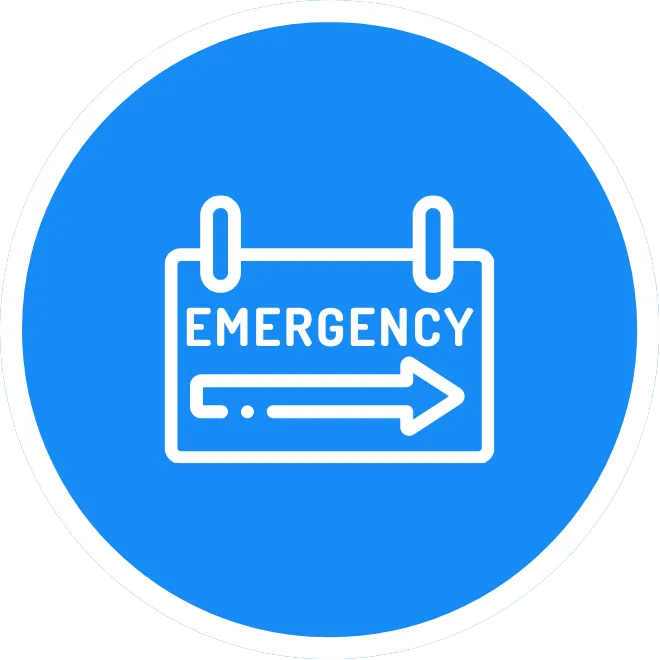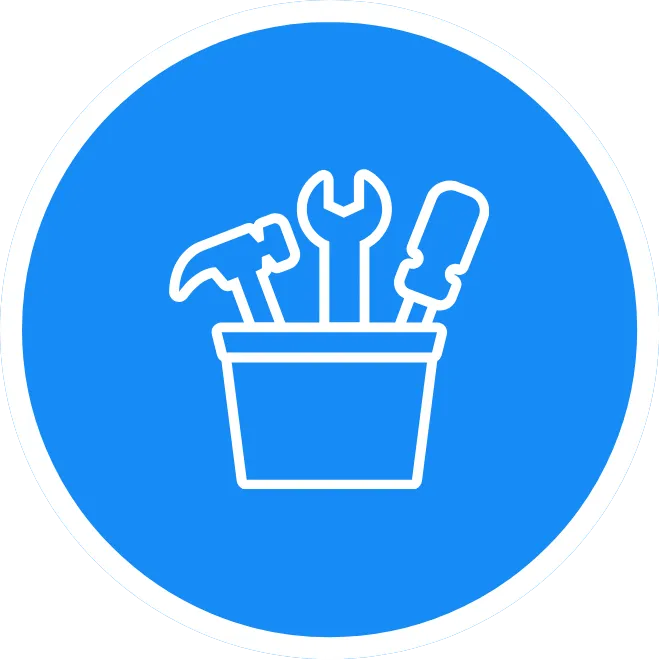Your Trusted Partner for Device Excellence
Providing tailored solutions for all your devices with a focus on quality, performance, and innovation.
Why Choose Us?
Trusted by Thousands – We Make Selling & Repairing Your Device Fast, Simple, and Worth It!

Get an Instant Quote
Trade in your phone, tablet, or computer in seconds – no hassle, no pressure.

Walk In Anytime
No appointment needed – we're always ready to help at our Covina location.

Fast & Secure Payment
Get paid on the spot – cash or preferred method, your choice!
Get a Free Quote Today
Get the best value for your device, no matter its condition!
Cell Phone
Tablet
Laptop & PC
Gaming
Console
Get Started Today
Let us help you make the most of your devices. Book an appointment today and discover tailored solutions that fit your needs.
Home Office
iTech Xpress Phone & Computer
948 E Arrow Highway, Covina CA 91724
(626) 777-4747
© iTech Xpress Phone & Computer 2025
All Rights Reserved

